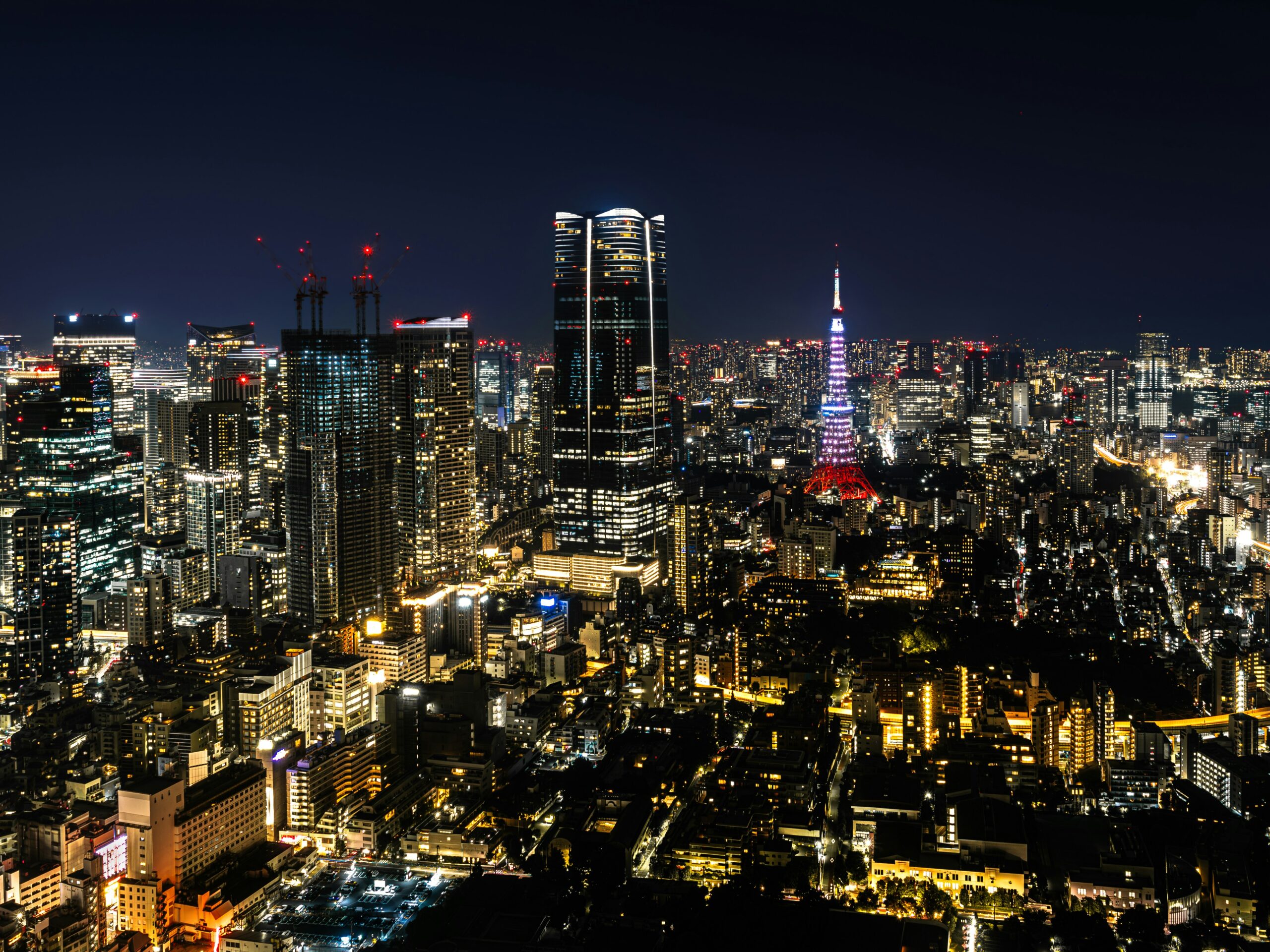It had been six months since he started living in Tokyo.
Originally from Canada, he now worked in Tokyo as a locally hired employee for a Japanese trading company. Most of his work involved coordinating deals and managing contracts with business partners across Asia—a delicate job that required him to read not just the language, but also the cultural subtext that often lay between the lines. His calm demeanor and observant mind had always served him well, but even so, he had begun to feel the quiet tension that crept into his heart over time.
Moments of mental stillness, of simply breathing without urgency, had become rare.
One early summer morning, he decided—almost on a whim—to spend the day in Roppongi.
It wasn’t a neighborhood he knew well. Back in Canada, the name “Roppongi” had mostly conjured up vague images of nightlife and luxury. But something about the way locals described it—modern, layered, filled with contrasts—had piqued his curiosity. And now, with the sunlight already warming the air, he found himself stepping out of the Hibiya Line and into the heart of the city.
Tall glass towers shimmered under the soft light of early June. Between the buildings, the wind carried the scent of blooming trees and freshly brewed coffee. He walked past a wide boulevard, where a group of tourists in sun hats were photographing a vivid public art sculpture. Nearby, locals in business attire moved with purpose, weaving through the crowd with practiced ease.
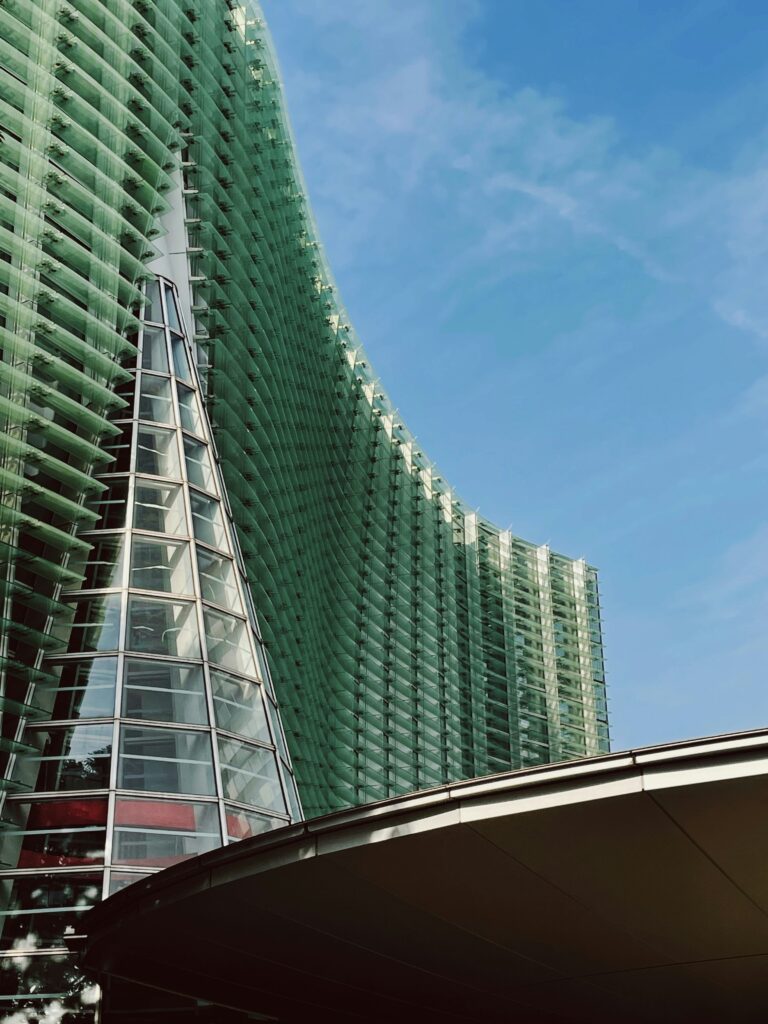
It wasn’t long before he arrived at his first stop: The National Art Center, Tokyo.
The building itself was striking—curved glass walls undulating like a ripple in water, catching the light and refracting it across the entrance plaza. Inside, the high-ceilinged atrium opened into an expanse of quiet and clarity. No permanent collection meant each exhibition offered a different perspective, a different voice. That morning, a special exhibit of contemporary Japanese photography was on display. Stark mountain landscapes, delicate cityscapes, and intimate portraits filled the halls.
He lingered in front of one image—a quiet street in Kyoto at dusk—its stillness oddly reminiscent of something he couldn’t name.
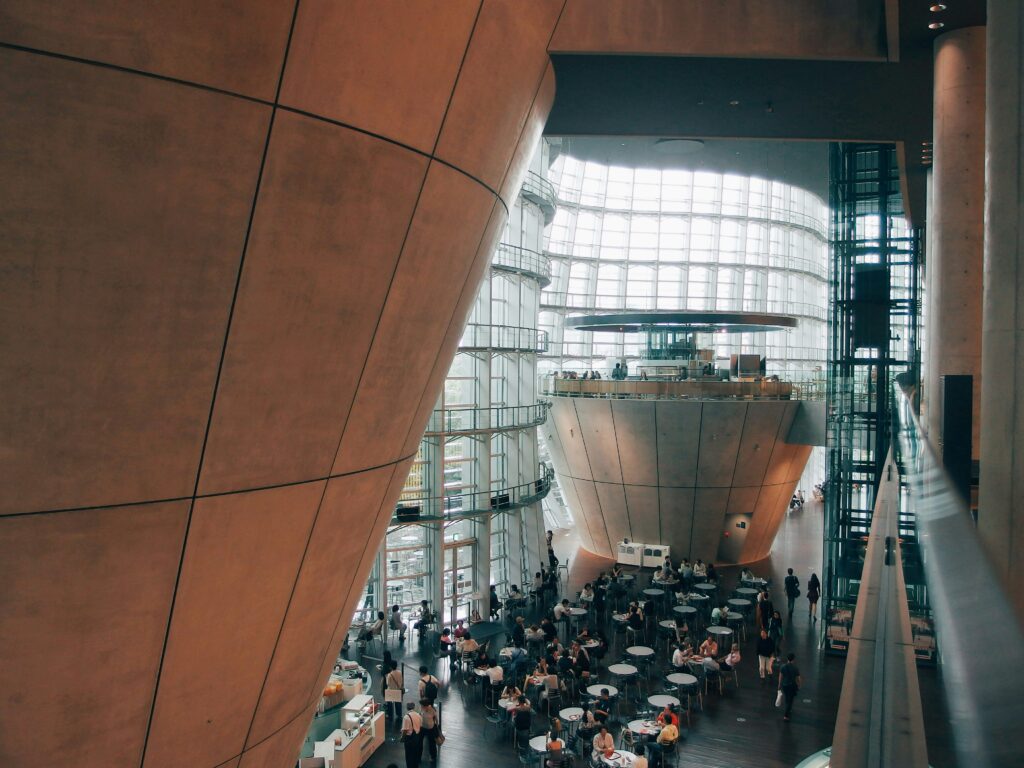
After leaving the museum, he wandered without a map, letting the city guide him. Hunger eventually brought him to a narrow side street lined with traditional shopfronts and modern facades. One restaurant in particular caught his eye: noren curtains fluttering in the breeze, the scent of grilled rice and miso hanging in the air. Inside, the space was modest but refined—wooden counters, quiet jazz, a few solo diners lost in thought.
He chose a seasonal lunch set: seared wagyu sushi and a selection of summer vegetable side dishes. The beef, lightly torched and melting in texture, was served with a brush of soy and a hint of wasabi. The side dishes included marinated eggplant, chilled tofu with yuzu, and a delicate sesame-dressed spinach. He ate slowly, savoring both the food and the quiet hum of conversation around him.
It was a kind of luxury—not of wealth, but of presence.
Back on the street, the city was beginning to shift. Roppongi, he realized, was a city of layers. In Tokyo Midtown, his next stop, the mood felt subtly different. This large complex of galleries, restaurants, and gardens straddled the line between business and leisure. He walked through Midtown Garden, a quiet park space where children played by a small stream while suited workers checked emails on benches.
The wind slid between the skyscrapers like a stream through stone. Through the tall windows of a glass café, he spotted a businessperson in a navy suit, bent over a MacBook. Just a few steps away, a couple of tourists sat on a bench, laughing over melting scoops of matcha ice cream.
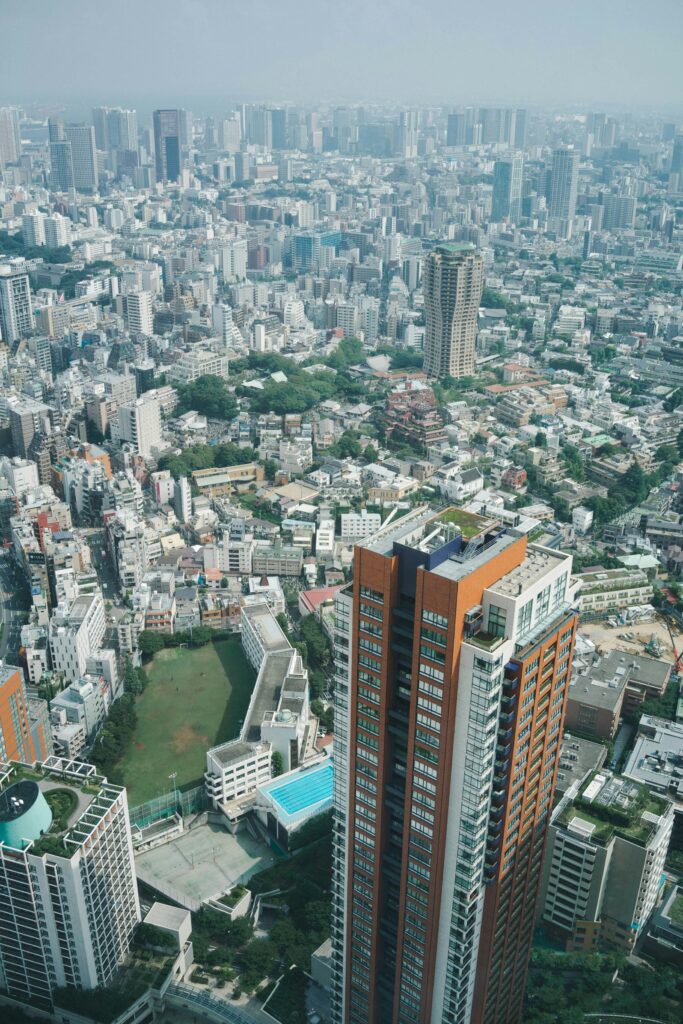
His path eventually led him to a quieter corner of the neighborhood: Mori Garden (Mohri Teien), tucked at the base of the towering Roppongi Hills. A surprising pocket of calm, the garden had once belonged to the powerful Mori clan during the Edo period. Restored with a careful blend of historical reverence and modern landscaping, the space now offered stone bridges, koi ponds, and maple trees gently swaying in the breeze.
He paused by the water’s edge. A skyscraper rose behind the trees, its mirrored windows reflecting both sky and leaf.
Here, time didn’t feel linear. It folded in on itself—history and modernity, silence and rhythm, all existing at once.
It was here that he met Takeshi, a man around his own age, sketching in a small notebook under the shade of a pine tree.
They struck up a conversation over a shared appreciation for the garden. Takeshi had worked for years as an interior designer and now ran his own small design firm—an independent venture he started to create more space for meaningful work and a slower pace of life. He spoke thoughtfully, with the calmness of someone who had learned to listen deeply—to spaces, to people, to silence.
“At some point,” Takeshi said, “you realize that cities don’t just move forward. They carry layers, like sediment. What you see isn’t all there is.”
The comment stayed with him.
As evening approached, Roppongi transformed again. The sky turned gold, and the sounds of the street shifted. High heels clicked on pavement. Jazz spilled from second-floor bars. The day’s rhythm gave way to something looser, more open.
He ended the evening with a short walk to Roppongi Sakurazaka, a gentle slope known for cherry blossoms in spring, now lit softly by lanterns. Though out of season, the place held a quiet poetry—steps worn by time, trees arching gracefully over the road, people strolling slowly as if unwilling to end the day.
With a final pause at a nearby café, he ordered a seasonal Japanese dessert: matcha warabi mochi with kuromitsu syrup and roasted soybean flour. The cool, jelly-like texture melted on his tongue, both bitter and sweet.
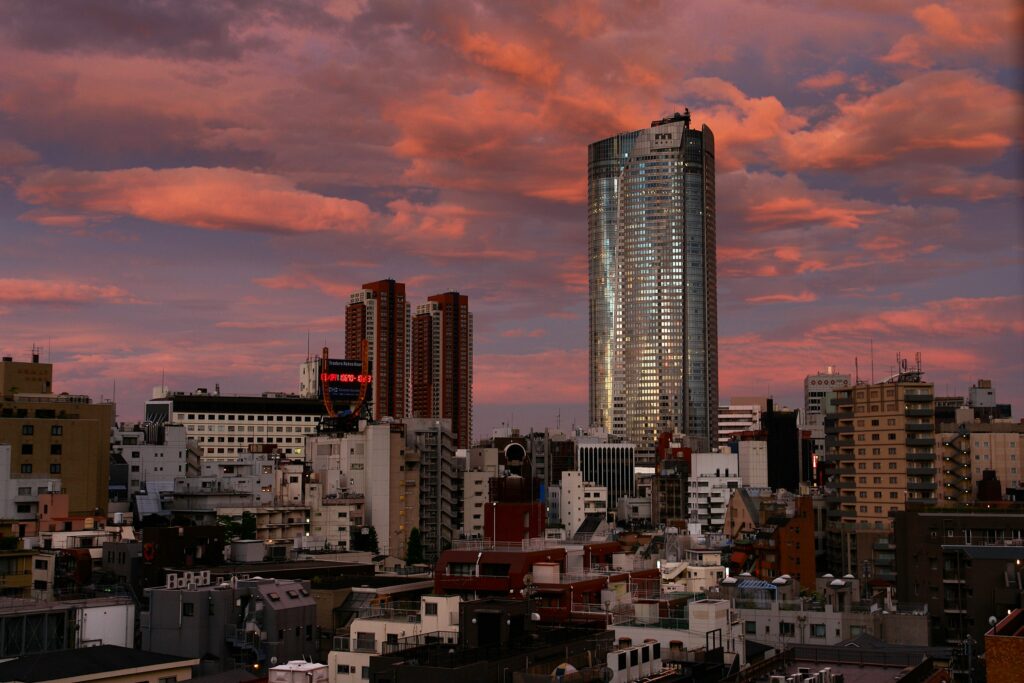
As he sat in the fading light, a thought surfaced.
He had come to Roppongi expecting contrast—business and art, speed and stillness. But what he found was something else: a city that doesn’t choose between light and shadow, but holds both with quiet dignity. Not balance, but coexistence. Not harmony, but layering.
And in that complexity, he felt a subtle shift.
He hadn’t solved anything. He hadn’t needed to.
But somehow, by walking slowly through this city of light, he had remembered how to breathe.
Something New Travel

